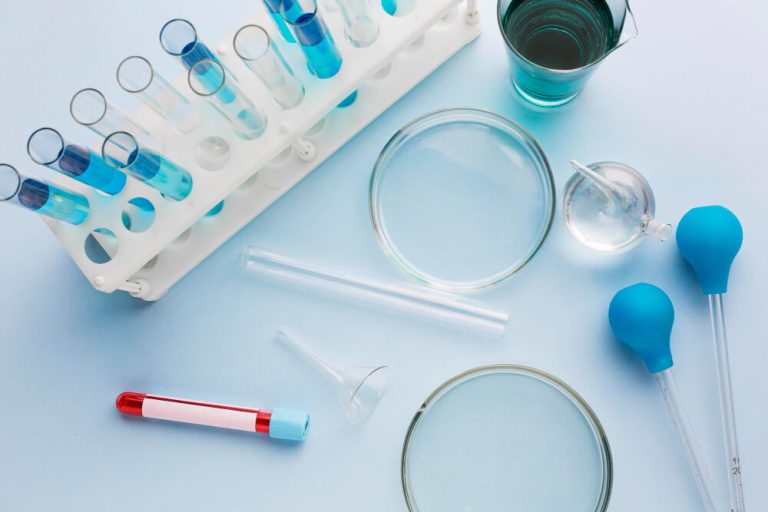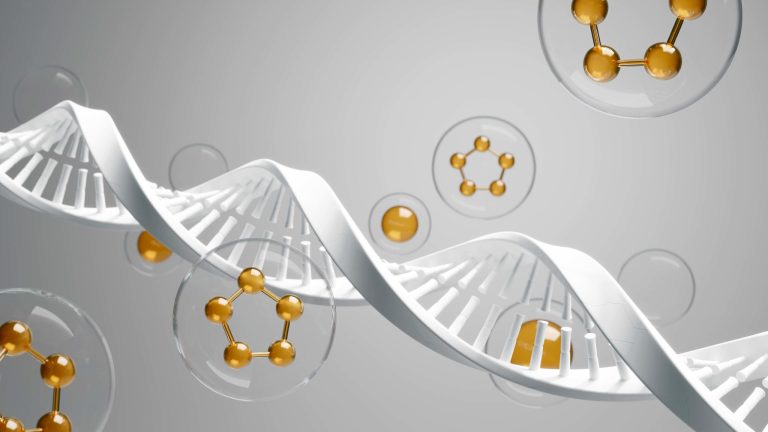Understanding Male Menopause: The Complete Guide to Andropause
Many men reach their 40s and 50s and feel like something is off. The energy that once came so easily has been replaced by persistent fatigue, the gym sessions feel harder, and a general sense of vitality seems to be fading. These changes are often dismissed as the inevitable consequences of aging, but they may be signs of a specific hormonal shift known as andropause.
Often called ‘male menopause’, andropause refers to the age-related decline in testosterone and other hormones in men. Unlike female menopause, which involves a rapid drop in hormones over a short period, andropause is a much more gradual process. This slow and steady change can make its symptoms subtle at first, but their cumulative effect on quality of life can be significant.
Understanding this transition is the first step toward managing it effectively. For both the men experiencing these changes and the healthcare professionals guiding them, comprehensive knowledge is key. Proper Andropause training equips practitioners to recognize, diagnose, and treat the condition, empowering men to reclaim their health and vigor for years to come.

What Exactly Is Andropause?
Andropause is a term used to describe a collection of symptoms linked to a gradual decrease in testosterone levels in middle-aged and older men. Testosterone is the primary male sex hormone, but its influence extends far beyond reproduction. It plays a crucial role in maintaining muscle mass, bone density, red blood cell production, fat distribution, energy levels, and mood.
Starting around the age of 30, a man’s testosterone levels typically begin to decline by about one percent per year. For many, this slow reduction goes unnoticed for decades. However, for others, the cumulative effect of this decline, combined with other lifestyle and health factors, leads to a state clinically known as late-onset hypogonadism or testosterone deficiency syndrome.
It is vital to distinguish this process from female menopause. Menopause is a universal and relatively swift event in a woman’s life, marking the end of her reproductive years with a sharp hormonal drop. Andropause is not universal in the same way; not all men will experience a clinically significant drop in testosterone that causes disruptive symptoms. It is a more variable and prolonged transition, which is why its symptoms can be easily misattributed to stress or simply getting older.
The core of andropause is this hormonal imbalance. When testosterone levels fall below the normal range, the body’s intricate systems can be thrown off kilter. This can lead to a wide array of physical, psychological, and emotional changes that can significantly impact a man’s well-being and daily functioning.

What Are the Common Signs and Symptoms?
The symptoms of andropause are diverse and can vary greatly from one individual to another. They often creep in slowly, making them difficult to pinpoint initially. The constellation of symptoms is a key part of what defines the experience of the male menopause. These symptoms can generally be grouped into physical, psychological, and sleep-related categories.

What are the physical symptoms?
Physical changes are often the most noticeable signs of declining testosterone. One of the most common is a shift in body composition. Men may find it harder to build and maintain muscle mass, even with regular exercise. At the same time, they may notice an increase in body fat, particularly visceral fat around the abdomen, which is linked to a higher risk of cardiovascular disease and metabolic issues.
Energy levels take a significant hit. A pervasive sense of fatigue that is not relieved by rest is a hallmark symptom. This lack of energy can affect everything from professional productivity to personal relationships. Libido, or sex drive, often decreases, and some men may experience erectile dysfunction. Other physical signs can include a reduction in bone density, raising the risk for osteoporosis, as well as hair loss on the body and head.

What are the psychological and emotional symptoms?
The hormonal shifts of andropause do not just affect the body; they have a profound impact on the mind as well. Many men report experiencing mood swings, increased irritability, or a persistent feeling of sadness or apathy. The motivation that once drove them can wane, making it difficult to get excited about work, hobbies, or social activities.
Cognitive function can also be affected. ‘Brain fog’, characterized by difficulty concentrating, memory lapses, and a general feeling of mental slowness, is a frequent complaint. This can be frustrating and impact self-confidence, creating a cycle of stress and anxiety that can worsen other symptoms. This complex interplay of emotional and mental changes is a critical aspect of the guide to male menopause.
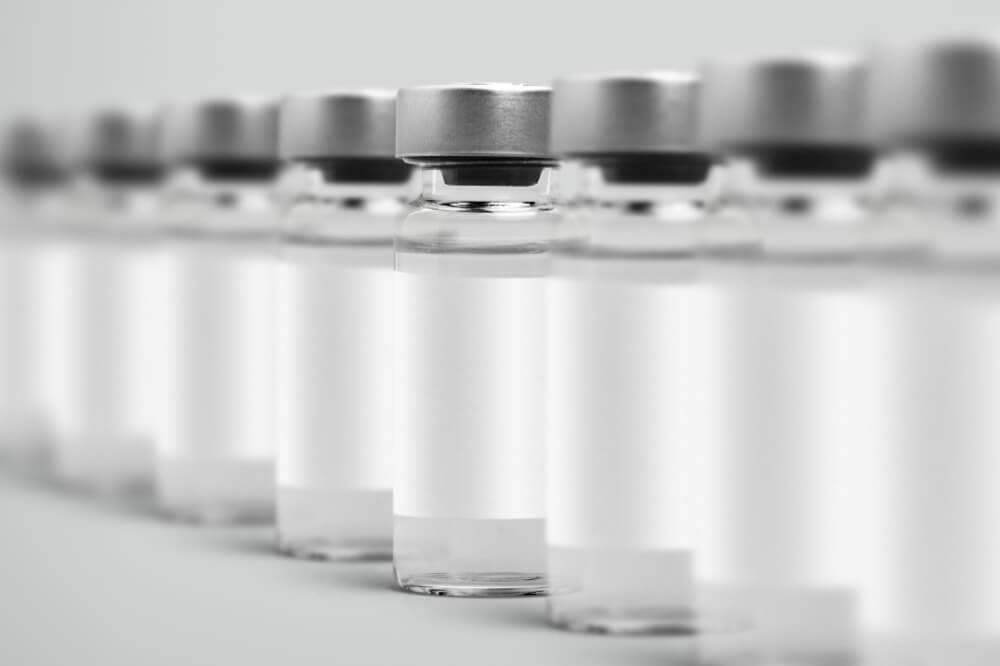
How do sleep patterns change?
Sleep disturbances are another common piece of the andropause puzzle. Some men develop insomnia, finding it difficult to fall asleep or stay asleep through the night. Others may sleep but never feel rested, waking up groggy and tired.
This poor sleep quality creates a vicious cycle. Lack of restorative sleep can further lower testosterone levels and increase levels of the stress hormone cortisol. This, in turn, worsens fatigue, mood swings, and cognitive difficulties during the day, making it even harder to get a good night’s sleep. Addressing sleep issues is often a critical component of managing andropause effectively.
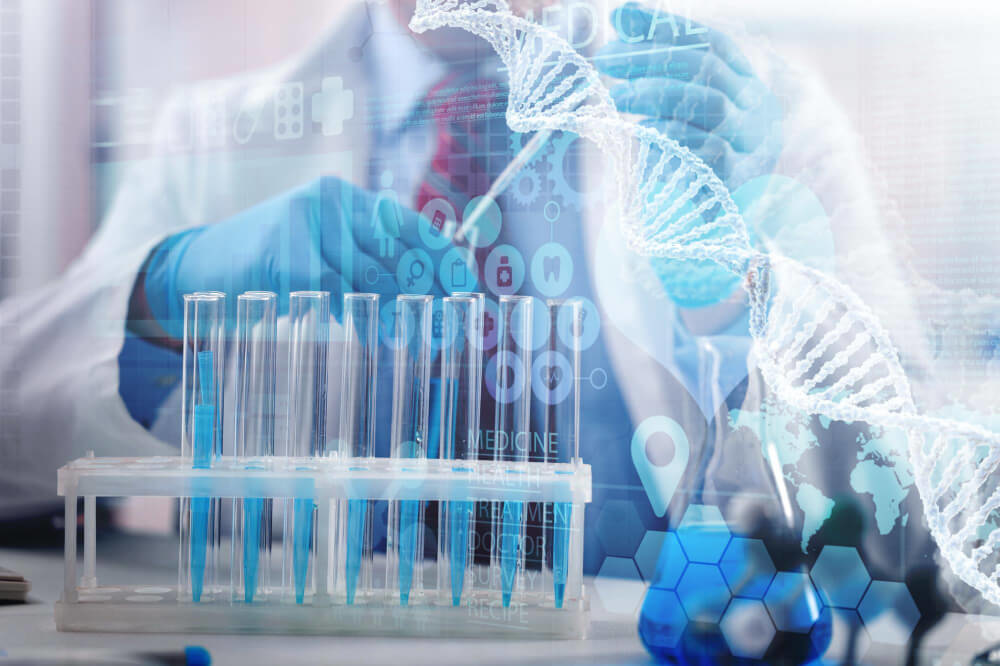
How Is Andropause Diagnosed?
Because the symptoms of andropause overlap with many other health conditions, a proper diagnosis from a qualified healthcare professional is essential. Self-diagnosing based on a checklist of symptoms is not advisable, as it could lead to overlooking another underlying medical issue, such as a thyroid problem, depression, or sleep apnea.
The diagnostic process typically begins with a thorough discussion of your symptoms, medical history, and lifestyle. A physician will want to understand the full picture of what you are experiencing. This is followed by a physical examination to look for any physical signs consistent with low testosterone.
The cornerstone of diagnosis, however, is a blood test to measure your hormone levels. A doctor will typically order a test for total testosterone. It is crucial that this blood sample is taken in the morning, usually before 10 a.m., because testosterone levels naturally peak early in the day and decline from there. A test taken in the afternoon could give a falsely low reading.
In many cases, a doctor may also test for ‘free’ testosterone, which is the amount of the hormone that is unbound and available for your body’s tissues to use. Sometimes, total testosterone can be in the normal range, but if too much of it is bound to proteins, the amount of active hormone is still too low. Understanding the full clinical picture is complex, which is why it is important to know how to diagnose late-onset hypogonadism correctly. The goal is to confirm that low testosterone is the root cause of the symptoms and to rule out any other contributing factors before considering a treatment plan.

What Are the Treatment and Management Strategies?
Once a diagnosis of andropause or late-onset hypogonadism is confirmed, the focus shifts to management. The goal is not to reverse aging but to alleviate symptoms and restore quality of life. The most effective approach is often a holistic one, combining lifestyle modifications with medical treatments when necessary. A personalized plan tailored to your specific symptoms, hormone levels, and overall health is key.
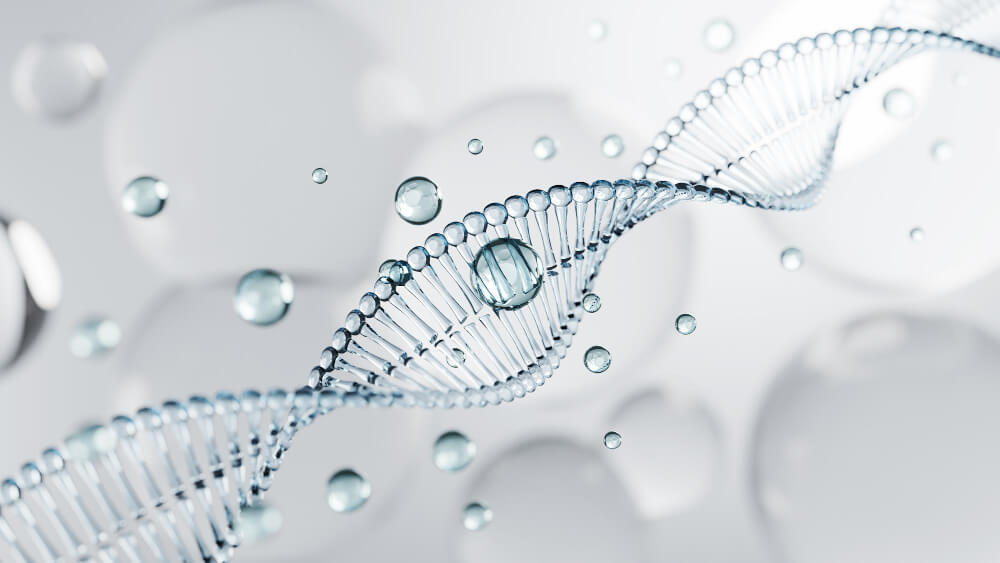
Can lifestyle changes make a difference?
Absolutely. Lifestyle interventions are the foundation of managing andropause and can have a powerful impact on hormone levels and overall well-being. Before or alongside any medical treatment, focusing on nutrition, exercise, and stress management is critical.
A balanced diet rich in whole foods is essential. Focus on adequate protein to support muscle mass, healthy fats that are crucial for hormone production, and complex carbohydrates for sustained energy. Micronutrients like zinc, magnesium, and vitamin D also play a role in testosterone synthesis. Reducing intake of processed foods, sugar, and excessive alcohol can help reduce inflammation and support hormonal health.
Exercise is another powerful tool. A combination of resistance training and cardiovascular activity is ideal. Weightlifting and other forms of strength training are particularly effective because they stimulate muscle growth, which in turn can help boost testosterone production. Incorporating a well-rounded fitness plan is beneficial, and there is great guidance available on exercise for men at every age to ensure safety and effectiveness.
Finally, managing stress is non-negotiable. Chronic stress elevates cortisol, a hormone that has an inverse relationship with testosterone. When cortisol is high, testosterone tends to be suppressed. Practices like mindfulness, meditation, yoga, or even just making time for hobbies can help lower stress levels and support a healthier hormonal balance. Improving sleep hygiene is also a critical part of this foundation.

What about medical treatments?
For men whose symptoms are moderate to severe and are not sufficiently relieved by lifestyle changes alone, medical treatment may be an option. The primary medical intervention for andropause is Testosterone Replacement Therapy (TRT).
TRT involves supplementing the body’s natural testosterone to bring levels back into a healthy, youthful range. The goal is to alleviate the symptoms of deficiency, such as fatigue, low libido, and mood changes. There are several methods for treating low testosterone levels, including topical gels, injections, patches, and implantable pellets. Each method has its own pros and cons, and the best choice depends on the individual’s lifestyle, preference, and how their body responds.
It is crucial that TRT is prescribed and monitored by a knowledgeable physician. The process requires regular follow-up appointments and blood tests to ensure testosterone levels remain within the target range and to monitor for any potential side effects. The quality of care depends heavily on the practitioner’s expertise, making specialized Testosterone Replacement Therapy (TRT) training for GPs and other clinicians incredibly valuable for ensuring patient safety and optimal outcomes.
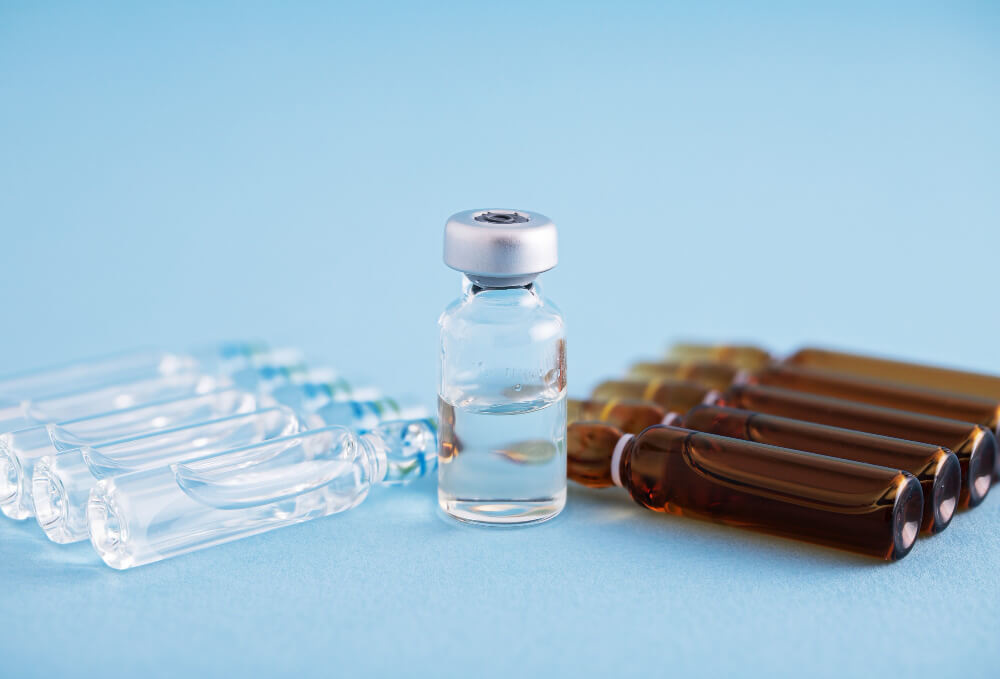
Why is Professional Guidance Crucial?
Navigating the complexities of andropause, from diagnosis to treatment, requires expert guidance. The field of men’s health and longevity medicine is rapidly evolving, with a growing emphasis on proactive and personalized care. A healthcare professional who specializes in hormonal health or functional medicine can offer a much more nuanced approach than simply looking at a single blood test number.
These experts understand the intricate interplay between hormones, nutrition, stress, and overall health. They can develop a comprehensive plan that addresses the root causes of symptoms, rather than just masking them. They are also best equipped to safely manage therapies like TRT, making adjustments based on detailed follow-up and a deep understanding of the endocrine system.
For practitioners, staying at the forefront of this field is essential. Pursuing advanced education, such as programs that offer CME credits for longevity medicine courses, ensures they are providing the most current, evidence-based care to their patients. For the man experiencing andropause, partnering with such a professional is the surest path to successfully managing this life stage.
Andropause does not have to mean a decline in your quality of life. It is a manageable transition that, with the right knowledge and support, can be a catalyst for renewed focus on your health. By understanding the symptoms, seeking a proper diagnosis, and embracing a proactive management strategy, you can navigate this phase and continue to live a vibrant, energetic, and fulfilling life.
Frequently Asked Questions

Beyond low testosterone levels, what other factors do clinical guidelines consider before diagnosing andropause?
Clinical guidelines emphasize that a diagnosis of andropause, or late-onset hypogonadism, requires more than just a single blood test showing low testosterone. A comprehensive diagnosis must also include the presence of consistent and significant clinical symptoms, such as decreased libido, erectile dysfunction, persistent fatigue, loss of muscle mass, or mood changes. A physician will conduct a thorough evaluation to ensure these symptoms are directly attributable to androgen deficiency and not other underlying health issues.
Furthermore, the diagnostic process outlined in guidelines requires careful lab testing protocols to confirm the hormone deficiency. This typically involves at least two separate morning blood tests, as testosterone levels naturally fluctuate throughout the day and are highest in the morning. Guidelines also recommend ruling out other potential causes for the symptoms, such as thyroid problems, depression, or sleep disorders, to ensure an accurate diagnosis before considering treatment.

How do clinical guidelines balance the potential benefits of testosterone therapy with its known risks?
Clinical guidelines approach testosterone replacement therapy (TRT) with a clear focus on balancing proven benefits against potential health risks for each individual patient. The primary goal is to prescribe TRT only when the expected improvements in symptoms—like enhanced energy, libido, bone density, and muscle mass—clearly outweigh the known risks. This decision is never taken lightly and requires a detailed discussion between the clinician and patient about their specific health profile and treatment goals.
To manage this balance, guidelines mandate a thorough screening process before initiating therapy to identify contraindications, such as a history of prostate or breast cancer, severe sleep apnea, or an elevated red blood cell count. Once treatment begins, regular monitoring of blood levels, prostate health, and cardiovascular markers is essential to mitigate potential side effects. This careful, individualized approach ensures that the therapy remains safe and effective over the long term.

Do clinical guidelines recommend lifestyle changes before starting testosterone replacement therapy?
Yes, clinical guidelines universally recommend implementing lifestyle modifications as a foundational, and often first-line, approach for managing the symptoms of andropause. Before proceeding with pharmacological intervention, physicians are encouraged to counsel patients on the significant impact of diet, exercise, stress management, and sleep quality. For instance, incorporating resistance training and a balanced diet rich in essential nutrients can naturally support hormone production and improve body composition.
These lifestyle interventions are crucial because they can sometimes alleviate symptoms enough to make testosterone therapy unnecessary, or at the very least, improve its effectiveness if it is eventually required. Establishing healthy habits addresses the root causes of poor health that may contribute to low testosterone, leading to more sustainable and holistic long-term outcomes. Therefore, lifestyle optimization is considered an integral part of any comprehensive andropause treatment plan.
Discover the most comprehensive functional medicine training, longevity training, and biohacking certification programs designed specifically for healthcare professionals, medics, and clinic owners who want to master regenerative medicine protocols and anti-aging therapies.





